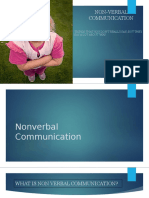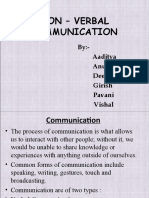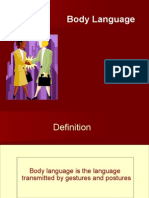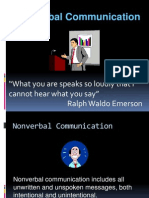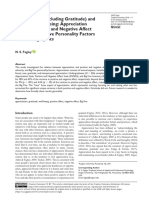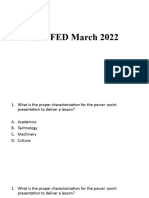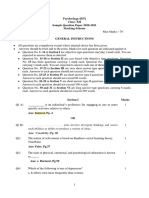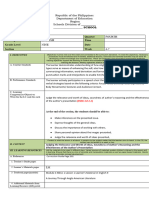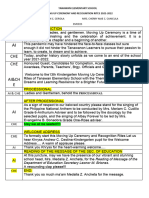0% found this document useful (0 votes)
15 views16 pagesUnit 3 & 4 Communication Skill and Personality Development
Unit 3 focuses on body language and behavior, emphasizing the importance of self-awareness in understanding one's actions and interactions. It covers various aspects of human behavior, body language dimensions, and the impact of nonverbal communication in business settings, especially post-COVID-19. Additionally, it provides guidelines for virtual meeting etiquette and social media conduct to maintain professionalism and respect in communication.
Uploaded by
kmamrita35Copyright
© © All Rights Reserved
We take content rights seriously. If you suspect this is your content, claim it here.
Available Formats
Download as DOCX, PDF, TXT or read online on Scribd
0% found this document useful (0 votes)
15 views16 pagesUnit 3 & 4 Communication Skill and Personality Development
Unit 3 focuses on body language and behavior, emphasizing the importance of self-awareness in understanding one's actions and interactions. It covers various aspects of human behavior, body language dimensions, and the impact of nonverbal communication in business settings, especially post-COVID-19. Additionally, it provides guidelines for virtual meeting etiquette and social media conduct to maintain professionalism and respect in communication.
Uploaded by
kmamrita35Copyright
© © All Rights Reserved
We take content rights seriously. If you suspect this is your content, claim it here.
Available Formats
Download as DOCX, PDF, TXT or read online on Scribd
/ 16


















